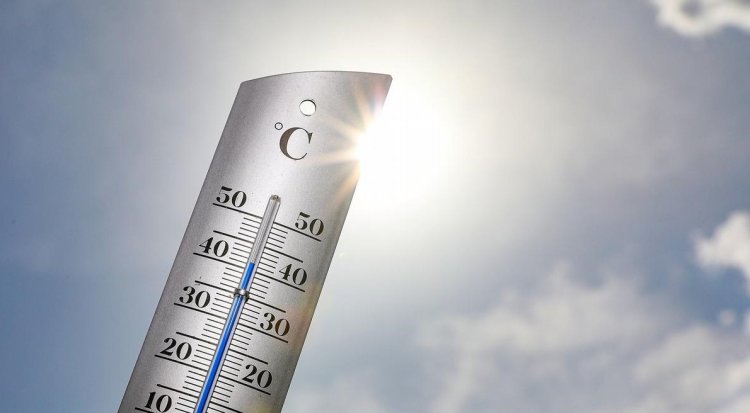Ground beneath us is heating up, civil infra not designed for it: Study

New Delhi: The ground beneath us is heating up, giving rise to the phenomenon of "underground climate change" and our civil infrastructure was not designed for it, scientists say.
The continuous heat diffusion from buildings and underground transportation, seen in many urban areas around the world, causes the ground to warm at an alarming rate, found to be 0.1 to 2.5 degrees Celsius per decade by researchers.
The heating up of ground leads to its deformation that includes both expansion and contraction, causing building foundations and the surrounding ground to move excessively and sometimes develop cracks, thereby impacting structures' long-term performance and durability.
"The ground is deforming as a result of temperature variations, and no existing civil structure or infrastructure is designed to withstand these variations," said Northwestern University's Alessandro Rotta Loria, an assistant professor of civil and environmental engineering, and who led the US-based study published in the journal Communications Engineering.
Warmer temperatures caused swelling and expansion of the ground by as much as 12 millimetres (mm) and contraction and sinking (beneath the building's weight) by as much as 8 mm, the researchers found using simulations on sensor-obtained temperature data of Chicago.
They said that while imperceptible to humans, the variation was more than what many building components and foundation systems can handle without compromising their operational requirements.
"If you think about basements, parking garages, tunnels and trains, all of these facilities continuously emit heat.
"In general, cities are warmer than rural areas because construction materials periodically trap heat derived from human activity and solar radiation and then release it into the atmosphere. That process has been studied for decades. Now, we are looking at its subsurface counterpart, which is mostly driven by anthropogenic activity," said Rotta Loria.
His team measured temperatures, above and below ground, by installing sensors across the Chicago Loop, the central business district of the city and the main section of Downtown Chicago, and beneath Grant Park along Lake Michigan, away from buildings and underground transportation systems.
Subsurface temperatures beneath the Loop were often found to be 10 degrees warmer than those beneath Grant Park.
Air temperatures in underground structures can be up to 25 degrees higher compared to the undisturbed ground temperature, they said.
"We used Chicago as a living laboratory, but underground climate change is common to nearly all dense urban areas worldwide," Rotta Loria said. "And all urban areas suffering from underground climate change are prone to have problems with infrastructure."
Future planning strategies should integrate geothermal technologies to harvest waste heat. Installing thermal insulation on buildings to minimise the heat entering the ground could also be done, Rotta Loria said.















































